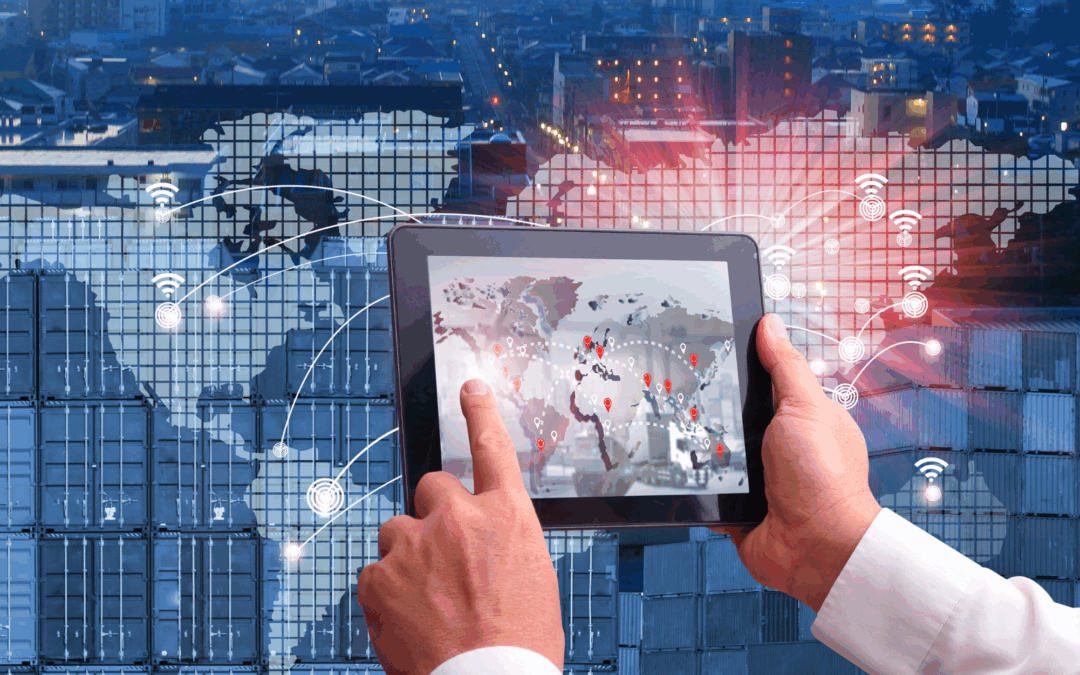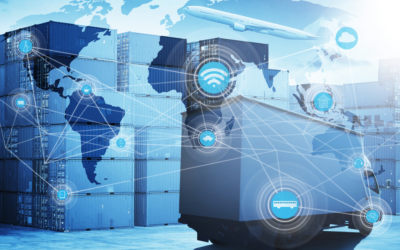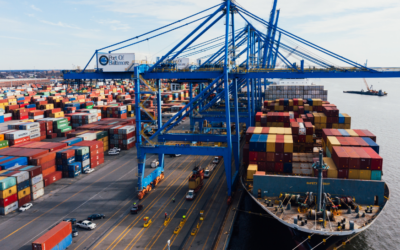One of the things everyone is looking at in 2025 is technology. Is AI taking over? Should we be concerned about the future? Technology in freight forwarding is something that is happening now, and it looks forward to a bright future as well. The global shipping industry is quietly moving toward a revolution that is driven by innovation and opportunity as well as necessity. Smart freight forwarders are leveraging these upcoming trends to increase transparency, reduce delays, cut costs, and enhance customer service.
As a business that relies on global trade, staying on top of technology integrations is just smart business. Let’s discuss what the future holds, as well as what’s already being used, to determine how you can capitalize on technology in freight forwarding.
Digital Freight Forwarding = No More Guesswork
One of the most impactful shifts in recent years has been the rise of digital freight forwarding, which enables streamlining of shipping services, transforming manual tasks to be much more effective. All the aspects of freight forwarding, from rate procurement, rate management, and quotes to shipping, customer communication, and financial management, are now streamlined.
By digitizing a previously traditional approach, not only are the processes seamless, but now customers have insight into where their products are in real time. This level of transparency makes it easier for everyone and eliminates potential errors and incorrect rates while improving the customer experience. Other benefits of digital freight forwarding include:
- Real-time rates and visibility
- Smoother negotiations
- Increased readiness for unexpected market fluctuations
- Seamless documentation
What this means for you:
Having a customer portal to gain access to where your goods are and when they’ll get to their destination helps you communicate with your customers and anticipate upcoming events.
AI-Powered Optimization = Smarter Routes, Leaner Costs
AI is making waves throughout today’s marketplace, but in an industry where margins matter, it’s worth noting the impact of this technology in freight forwarding. By leveraging real-time data, predictive analytics, and machine learning, AI helps to develop optimal delivery routes, thereby reducing costs and enhancing efficiency. When it comes to last-mile logistics, AI can anticipate traffic patterns and potentially avoid road congestion.
Many shipping companies, including Maersk and Flexport, are investing heavily in AI route optimization tools, with early adopters already seeing improved reliability and reduced fuel use.
What this means for you:
Competitive pricing, fewer disruptions, and overall smarter logistics planning are just some of the benefits of leveraging AI technology in freight forwarding.
IoT and Smart Containers = Your Cargo, Tracked in Real Time
The Internet of Things (IoT) is revolutionizing the way we track and manage sensitive cargo. It is quickly becoming a core component of modern supply chains, making a difference across the industry. One aspect of IoT is putting smart sensors in containers, which can track temperature, humidity, shock and tilt, location, and security status.
What this means for you:
Next-level visibility is here! If you want to know the temperature of your container, you have access. Any and all data are now at your fingertips.
Blockchain = Increased Transparency and Compliance
When you hear “blockchain,” you might only think of cryptocurrency, but when it comes to technology in freight forwarding, it means something else. For shipping, blockchain helps to secure data, streamline customs documentation, and authenticate the origin and quality of goods. That’s because blockchain refers to blocks of data that are built logically upon each other. Each transaction is time stamped and encrypted, leading to further transparency.
What this means for you:
As countries demand stricter compliance and traceability—especially in food exports—blockchain offers a secure, verifiable trail of custody for every shipment.
Autonomous and Remote-Controlled Shipping
While it might sound like science fiction, autonomous vessels and remote-controlled port operations are already being tested—and in some cases, deployed. Norway launched its first fully electric autonomous container ship, the Yara Birkeland, in 2023, and ports in Rotterdam and Singapore are automating cranes and yard vehicles to speed up container handling. Although widespread adoption is years away, this technology in freight forwarding promises lower labor costs, faster turnaround times, and fewer bottlenecks.
What this means for you (eventually):
While the dried fruit and nut supply chain still relies on traditional methods for many stages, early adopters will benefit as automation makes logistics more seamless.
Facing Cost Pressures with Innovation
Let’s face it: even with the latest and greatest in technology, shipping costs continue to remain a concern. Fuel prices, port surcharges, and labor rates seem to always fluctuate, which can cause challenges for businesses that rely on the global shipping market. However, innovation can pay off in dividends, including:
- Better forecasting through AI tools helps plan ahead and avoid premium-rate bookings.
- Dynamic pricing models offer options that balance speed and cost.
- Digital container marketplaces make it easier to source competitive space.
Freight forwarders integrate these tools to help customers secure the best value, stay ahead of industry changes, and never sacrifice reliability.
Remember: Innovation Should Serve the Customer, Not Replace the Relationship
While technology continues to evolve, our philosophy remains unchanged: freight forwarding is still about trust, experience, and execution. At Cyclone Shipping, we don’t chase every trend; we adopt only the innovations that help us serve your business better. By blending traditional approaches with technology in freight forwarding, we continue to provide you with the transparency and value you need in your business.
Ready to future-proof your freight? Let’s talk.




